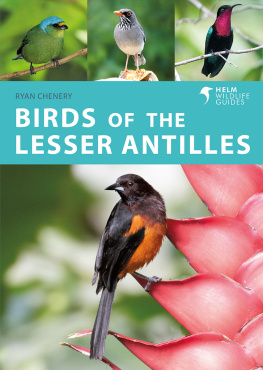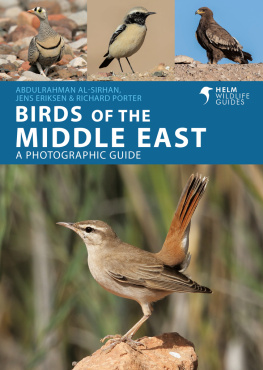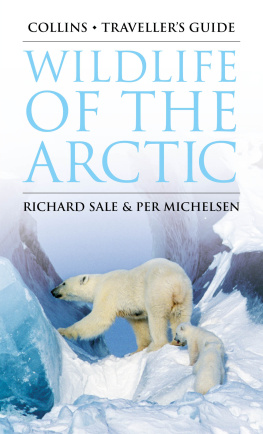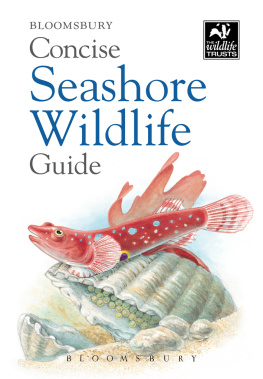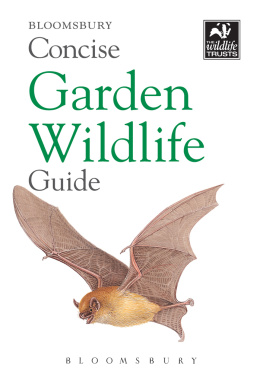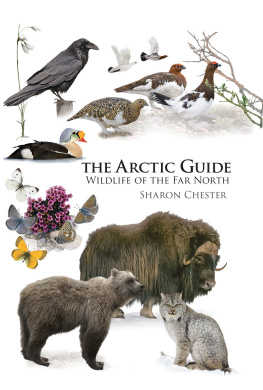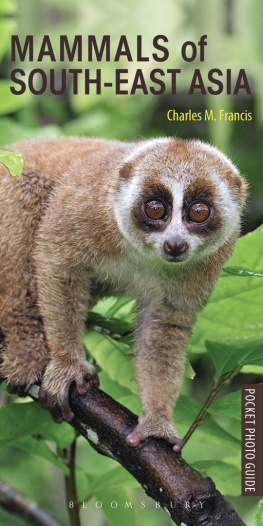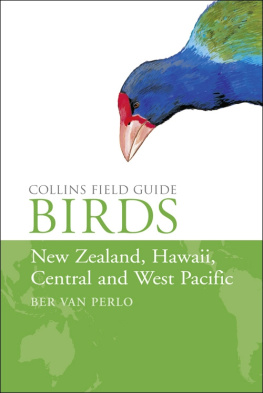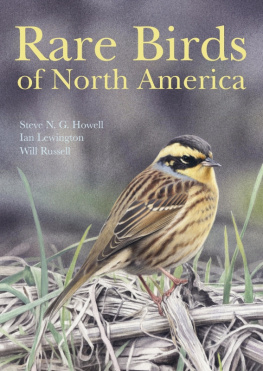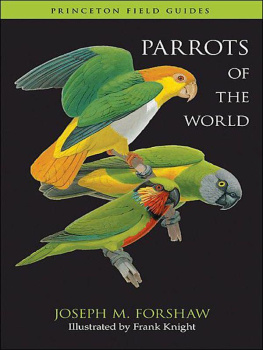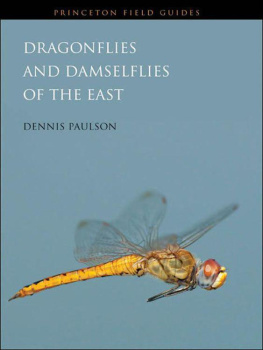
SHARON CHESTER
THE ARCTIC GUIDE
WILDLIFE OF THE FAR NORTH
PRINCETON UNIVERSITY PRESS
PRINCETON AND OXFORD
For Jim Oetzel, my inspiration and guiding light
Copyright 2016 by Princeton University Press
Published by Princeton University Press, 41 William Street, Princeton, New Jersey 08540
In the United Kingdom: Princeton University Press, 6 Oxford Street, Woodstock, Oxfordshire OX20 1TW
nathist.princeton.edu
All Rights Reserved
ISBN 978-0-691-13974-6
ISBN (pbk.) 978-0-691-13975-3
Library of Congress Control Number: 2016931463
The publisher would like to acknowledge the author of this volume for providing the print-ready files from which this book was printed.
British Library Cataloging-in-Publication Data is available.
This book has been composed in Minion Pro and Myriad Pro.
Printed on acid-free paper.
Printed in China
10 9 8 7 6 5 4 3 2 1
Contents
ACKNOWLEDGMENTS
THE ARCTIC GUIDE IS THE PRODUCT OF MANY PEOPLE to whom I am greatly indebted. First, let me thank Robert Kirk and his staff at Princeton University Press for their patience, assistance, and unflagging support of this project from day one. Nigel Redman, former Head of Natural History at Bloomsbury Publishing, and George Armistead, from the Academy of Natural Sciences of Drexel University, Philadelphia, read the first draft and sharpened it considerably. Amy Hughes and Mary Bearden edited and proofed the book for PUP. Leslie Flis refined the cover. Ellen Foos and Steve Sears guided production.
The following specialists graciously contributed time, expertise, and a multitude of invaluable comments and corrections.
Irwin Brodo, Museum of Nature, Ottawa
James M. Graham, Department of Botany, University of Wisconsin Madison
Matt Kirchhoff, Director of Bird Conservation, Audubon Alaska
Gary Kofinas, Institute of Arctic Biology, University of Alaska Fairbanks
Ken Muldrew, Department of Cell Biology, University of Calgary
Don Russell, CircumArctic Rangifer Network, Yukon College, Whitehorse
Bryant Tarr, Curator, International Crane Foundation, Baraboo, Wisconsin
Skip Walker, Institute of Arctic Biology, University of Alaska Fairbanks
Special credit goes to Deborah Robbins, who read and re-read the text, all the while suggesting improvements to its content and clarity; to Wendy Lin, who color-corrected the range maps in the chapter on flora; and to Lee Zimmerman for her generous support.
To friends and family who provided encouragement and incisive commentary over the years, I thank you in alphabetical order: Lars Nrgaard Andersen, Stan Bousson, Judith Varney Burch, Page Burt, Michael Carson, Joseph and Lucia Chester, Justine Frederiksen, Kriss Ghafourpour, Jo Kelly, Jim Oetzel, Rick Rendon, Ed Seubert, Karl Stoltzfus, and Robert and Evelyn Vobernik.
I would also like to acknowledge the people of the Far North for their hospitality during my all-too-brief visits. Thanks to the Chukchi community at Uelen, the Yupik people of New Chapalino, the residents of Little Diomede Island, the Aleut community at Unalaska Island, the Narsaq Greenlanders, the residents of Pond Inlet, the Warner and Kapolak families at Bathurst Inlet, and the staff and researchers at the Arctic Institute at Devon Island.
And finally to you, the reader of this book: Have a wonderful journey through the wilds of the Arctic, whether you are traveling there in person or in your armchair.
Bon voyage, or as they say in Nunavut,
Naammaktsiarit

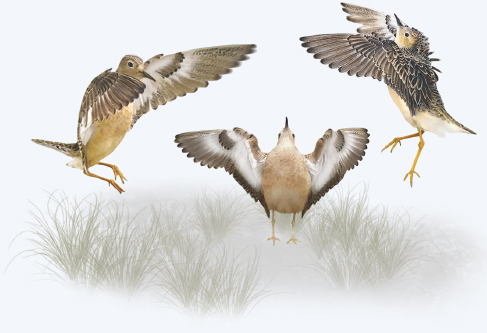
ABOUT THIS BOOK
THIS BOOK WAS DESIGNED to be used by travelers to the Far North, whether they are heading to places as far north as Svalbard and the Canadian Arctic Islands or as far south as Kamchatka, the Aleutians, or Hudson Bay. Thus, coverage was extended to plants and animals that occur from the High Arctic to the northern sectors of the boreal forests and taiga. Also included and illustrated are species that appear to be moving north into the higher latitudes in the wake of arctic warming.
TAXONOMIC ORDER
The species accounts are organized by order, family, genus, species, and subspecies. This grouping roughly reflects the evolutionary relationships among the taxa. The book attempts to employ the latest known taxonomic sequences, but taxonomy is a system in flux and what was current at the time of writing may be outdated by the time of printing.
ENGLISH AND SCIENTIFIC NAMES
Each account starts with the species common English name, followed by the scientific name in italics. The scientific name consists of two words, or binomial, usually derived from Latin or Greek. The first word is the name of the genus; the second indicates the species within the genus. Common English names and scientific names were culled from sources that include the Integrated Taxonomic Information System (ITIS), the American Ornithologists Union (AOU), Avibase, Fish Base, and the USDA Plants of N Amer.
ALTERNATE NAMES
Under ALSO the reader can find alternate English names as well as the German, French, Norwegian, Russian, Inuit, and Inupiaq names. Wikipedia was the main source for the European names. The Inuit and Inupiaq names were derived from old dictionaries and a random assortment of field notes, and the author wishes to apologize for any errors made in transcription. Meanings of the species scientific name (SN) and common name (CN) are also given under this heading. In cases in which the common or scientific name refers to a person, a brief note about that individual is provided.
RANGE
Arctic and world distribution are detailed under RANGE. A range map accompanies most of the accounts. All range maps in this book are polar projection maps oriented in the same direction as the large map on pages 1213; the North Pole is in the center, Eurasia at the top, and North America at the bottom. Dark greenish gray identifies the breeding range of terrestrial animals and birds, and the general range of plant species. Blue indicates the oceanic range of marine mammals, seabirds, fishes, and marine algae, with darker blue used to show areas of unusual abundance. Pale yellow, not shown on the maps here, indicates the routes used by some migratory birds as they move between breeding and wintering grounds.

The PLATE CAPTIONS also provide the general range of mammals, fishes, insects, and plants, as well as the breeding range of birds.
ABBREVIATIONS used here and elsewhere in the book include Penin (Peninsula), Rvr (River), Mtn (Mountain), Is (Island), N Amer (North America), n (northern), s (southern), e (eastern), w (western), and c (central).
IDENTIFICATION
The identification section (ID) presents information about a plant or animals approximate size, shape, color, and distinguishing marks, as well as vocalizations of birds and some mammals. Abbreviations and symbols used in this section include: L (length), H (height), SH (shoulder height), WT (weight), WS (wingspan), JUV or juv. (juvenile), AD or ad. (adult), (male), (female), LVS (leaves), FLS (flowers), FR (fruit), in (inch), cm (centimeter), ft (foot), m (meter), oz (ounce), g (gram), lb (pound), kg (kilogram).
Next page

